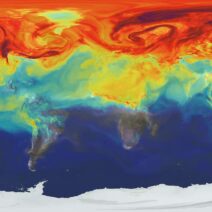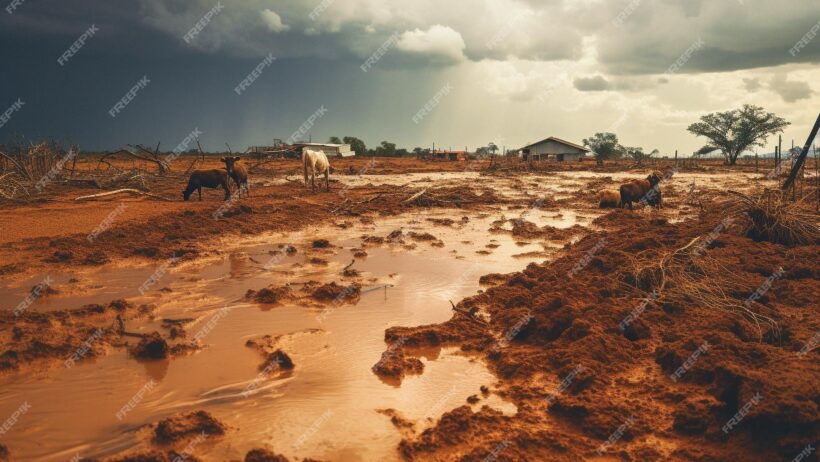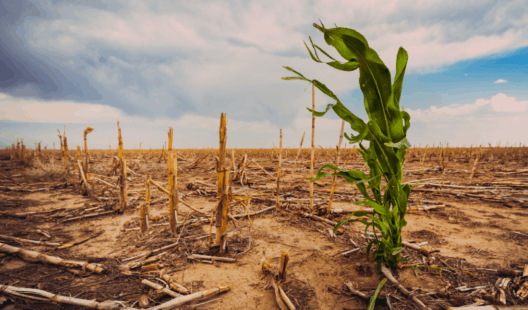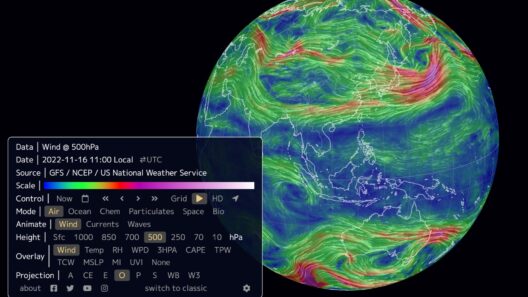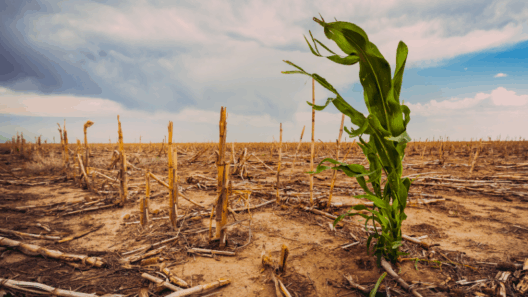In the grand tapestry of Earth’s ecosystems, a pressing question emerges: are droughts, storms, and floods nature’s cry for help? This inquiry invites us to reflect upon the intricate interplay between natural phenomena and human activity. The frequency and severity of these climatic events seem to escalate, posing a formidable challenge not only to our infrastructure but also to our understanding of environmental stewardship. Does nature, in its tumultuous manifestations, seek to communicate its distress?
To properly dissect this query, it’s pertinent to first grasp the underlying mechanisms driving climatic extremes. Droughts, characterized by prolonged periods of below-average precipitation, often present a stark contrast to the cataclysmic deluges that floods represent. Likewise, storms, whether hurricanes or thunderstorms, erupt with ferocious intensity, sometimes as a response to shifting atmospheric conditions. The escalation of these events suggests a symbiotic relationship with anthropogenic influences, chiefly global warming.
Global warming triggers a ripple effect through the Earth’s climate systems. As greenhouse gas emissions accumulate, they fuel the greenhouse effect, leading to a rise in global temperatures. This increase in temperature alters precipitation patterns, exacerbating both droughts and floods. For instance, warmer air holds more moisture; thus, when precipitation does occur, it often manifests in torrential downpours, overwhelming the ground’s capacity to absorb it and resulting in flooding.
Consider the implications of prolonged droughts. Regions that once thrived under predictable rainfall patterns now suffer, leading to desiccated landscapes and stifled agriculture. The psychological toll of drought induces stress not only on farmers struggling with crop failure but also on entire communities facing water shortages. The specter of hunger looms large, prompting existential questions about food security and sustainability. Here, nature’s lament is evident—less verdant fields and more arid expanses.
Contrastingly, when storms strike, the cacophony and chaos can be overwhelming. Coastal cities are particularly vulnerable, facing the dual threat of rising sea levels and intensified hurricanes. Each storm serves as a vivid reminder of nature’s power and its potential to wreak havoc. Infrastructure crumbles, lives are disrupted, and the societal fractures deepen. Storms, then, might be interpreted as nature’s assertion of dominance—a visceral expression of an environment in turmoil.
Floods, too, offer a compelling narrative in the context of climate change. As waters rise, they often lay bare the vulnerabilities in human habitation and governance. Inundated neighborhoods become showcases of a system that fails to adapt to changing realities. Floodwaters wash away not only physical structures but also intricacies of community life and cultural heritage. The regeneration of these spaces requires more than mere reconstruction; it demands reimagining our relationship with nature and the underlying ecosystems.
What emerges from this exploration is a clear but unsettling challenge: how do we reconcile these exacerbated natural phenomena with our role as stewards of the Earth? The anthropocentric worldview can no longer suffice; it is imperative to embrace a more ecocentric perspective that acknowledges the intrinsic value of all ecosystems. In doing so, we could cultivate a more sustainable coexistence with the planet, alleviating the need for nature’s outcry.
To mitigate the adverse effects of climatic extremes, innovative approaches in climate change adaptation and mitigation are essential. Urban planning must prioritize sustainable infrastructure, integrating green roofs and permeable pavements to manage stormwater more effectively. Agricultural practices need to shift towards conservation tillage and crop diversification, which enhance resilience against droughts. Renewable energy sources can play a pivotal role in reducing greenhouse gas emissions, underscoring a collective commitment to environmental integrity.
Yet, beyond pragmatic shifts, a deeper cultural reassessment is warranted. Education about climate change must transcend academic settings; it should infiltrate everyday conversations and decision-making processes, fostering a general consciousness geared toward environmental literacy. This collective awareness can serve as motivation to pursue systemic changes in consumption habits, resulting in both individual and communal action that aligns with sustainability.
Furthermore, one must consider the global narrative of climate justice. Vulnerable populations disproportionately bear the brunt of droughts, storms, and floods. Addressing these inequities necessitates a concerted effort towards inclusivity, ensuring that marginalized voices are amplified in discussions around climate resilience. The interdependence of social justice and environmental stewardship cannot be overstated; they are two sides of the same coin. If nature’s outcries fuel our drive for equity, perhaps we will formulate a response worthy of its pleas.
In closing, as stewards of the planet, the question stands: are we prepared to listen to the cries that emerge from droughts, storms, and floods? Are we equipped to confront the challenge these phenomena pose to our existence? Nature’s voice—often drowned out by the noise of human activity—calls for an urgent re-evaluation of our relationship with the environment. The stewardship of our planet hinges not only on the actions we take today but also on the awareness we cultivate for tomorrow. It is time to harness this moment, transform apprehension into action, and respond to nature’s call for help with resolve and innovation.


